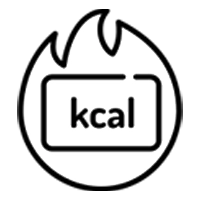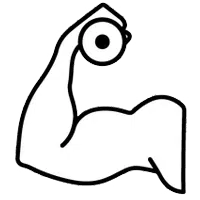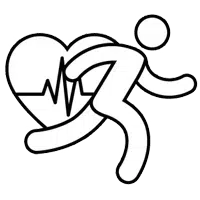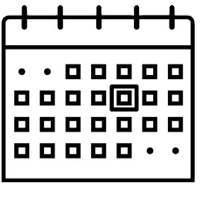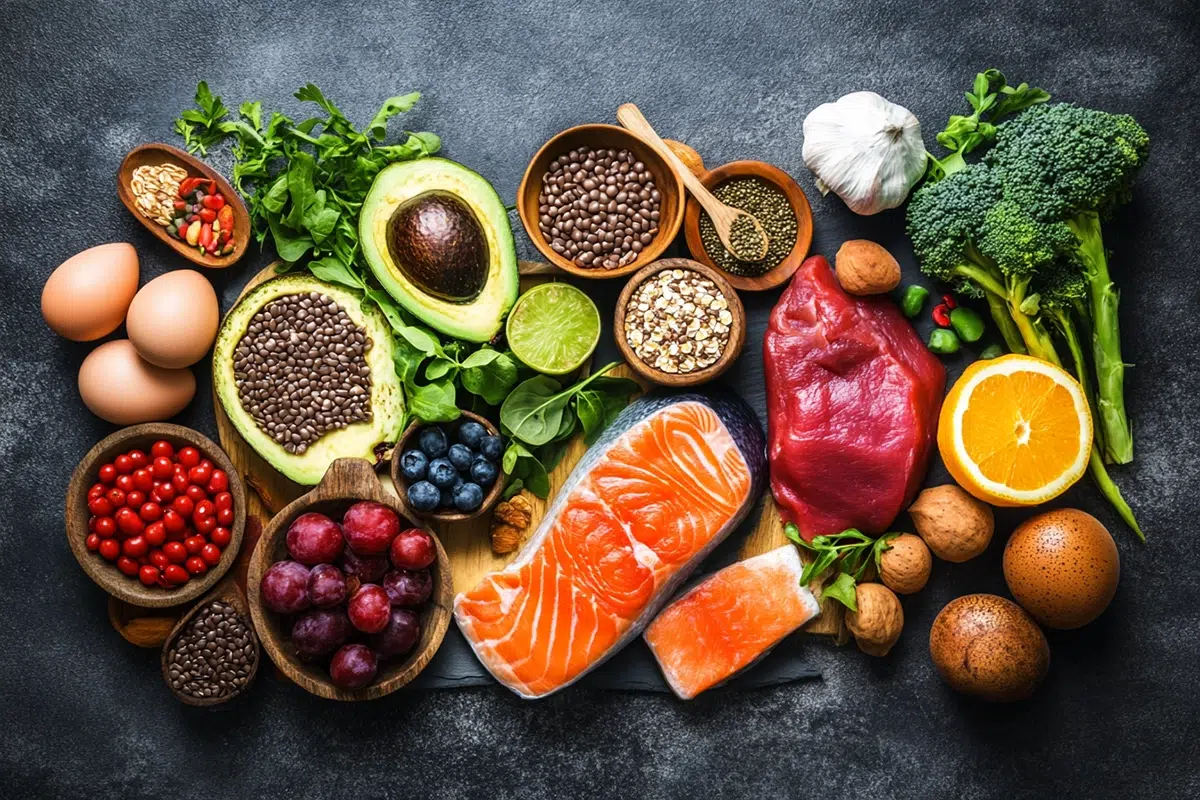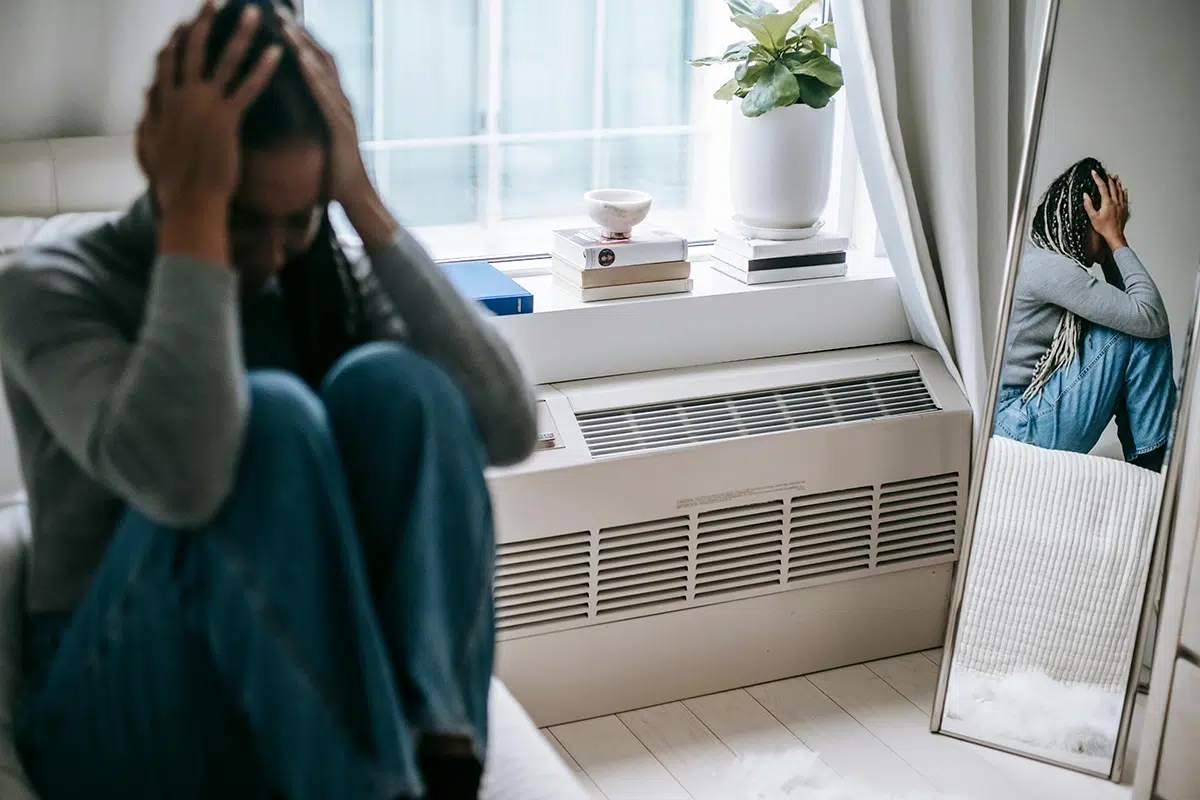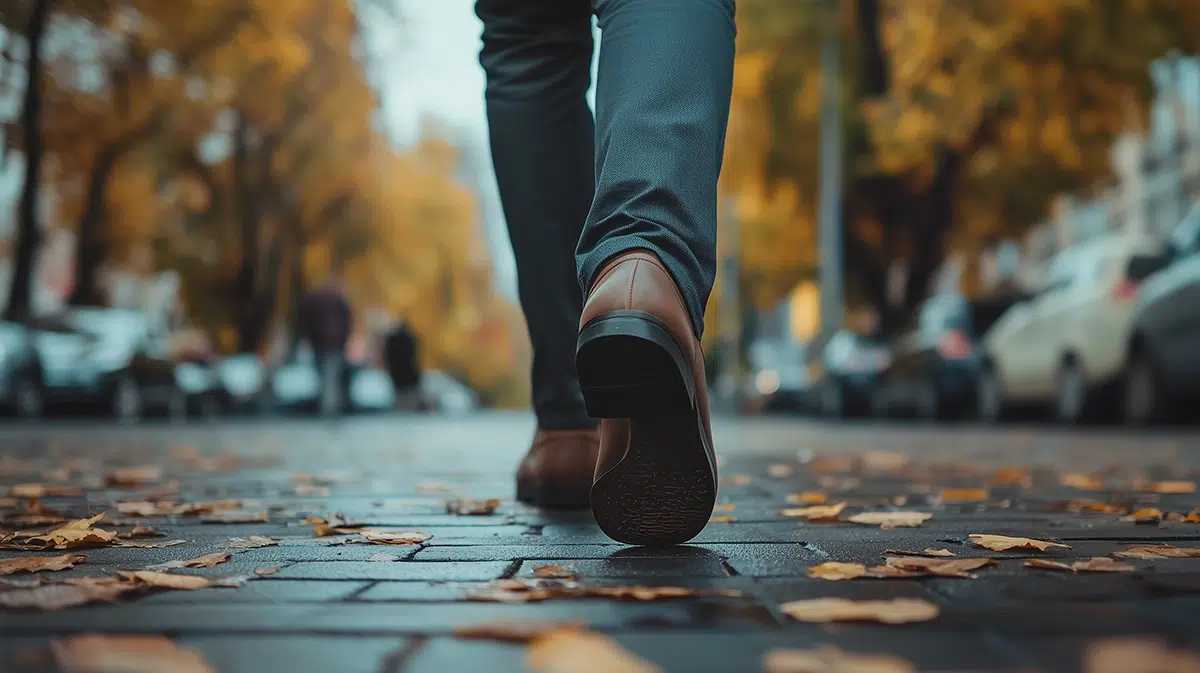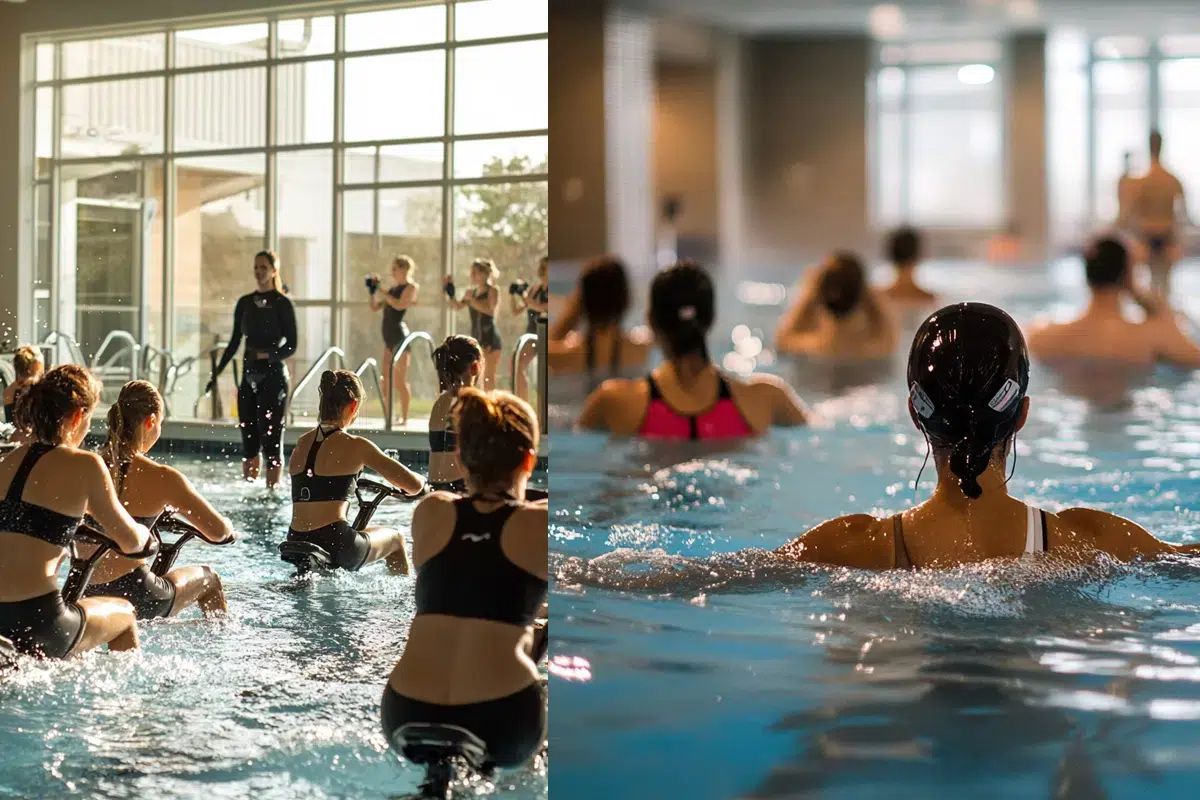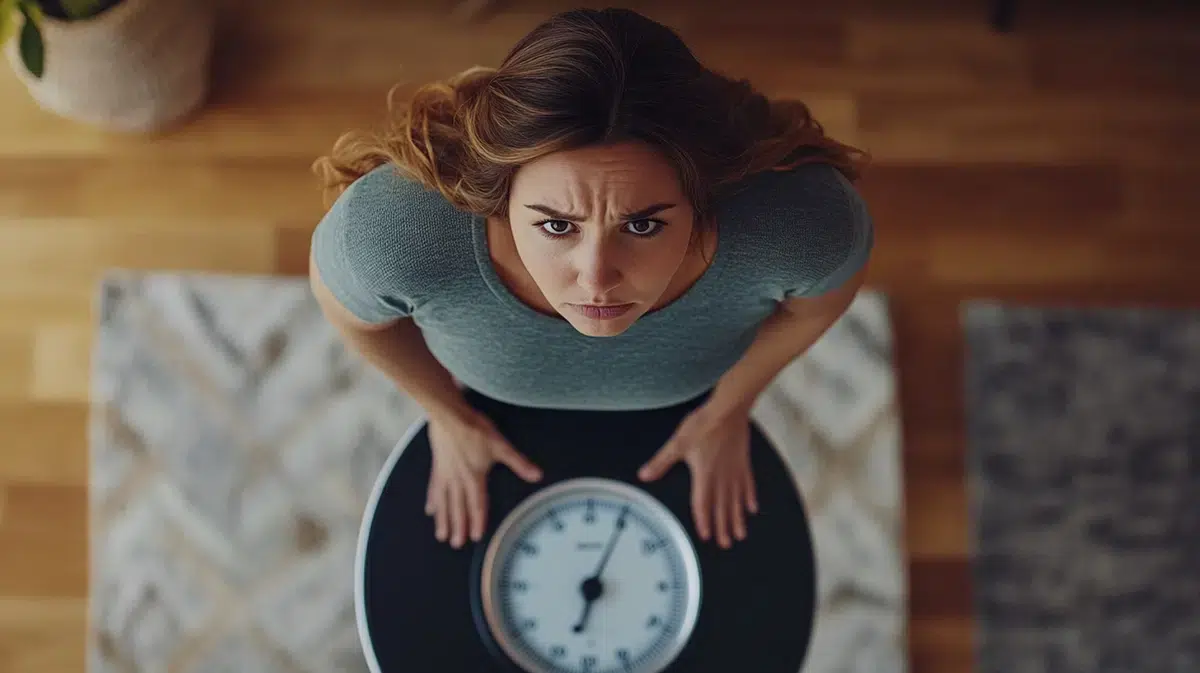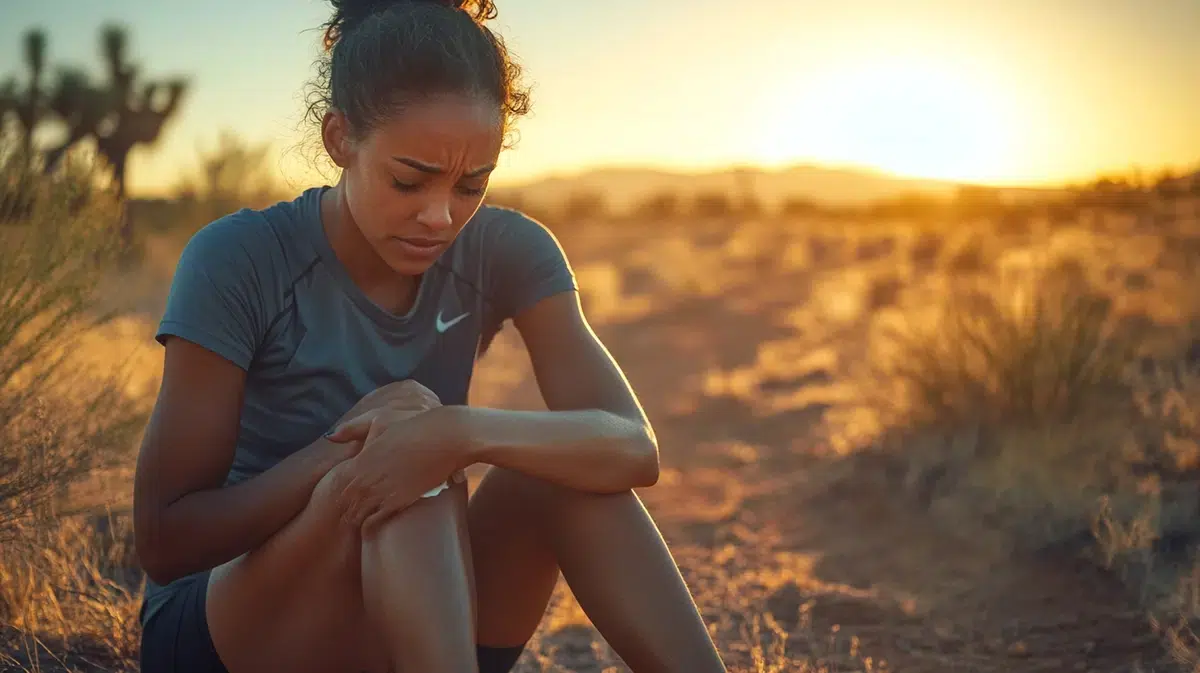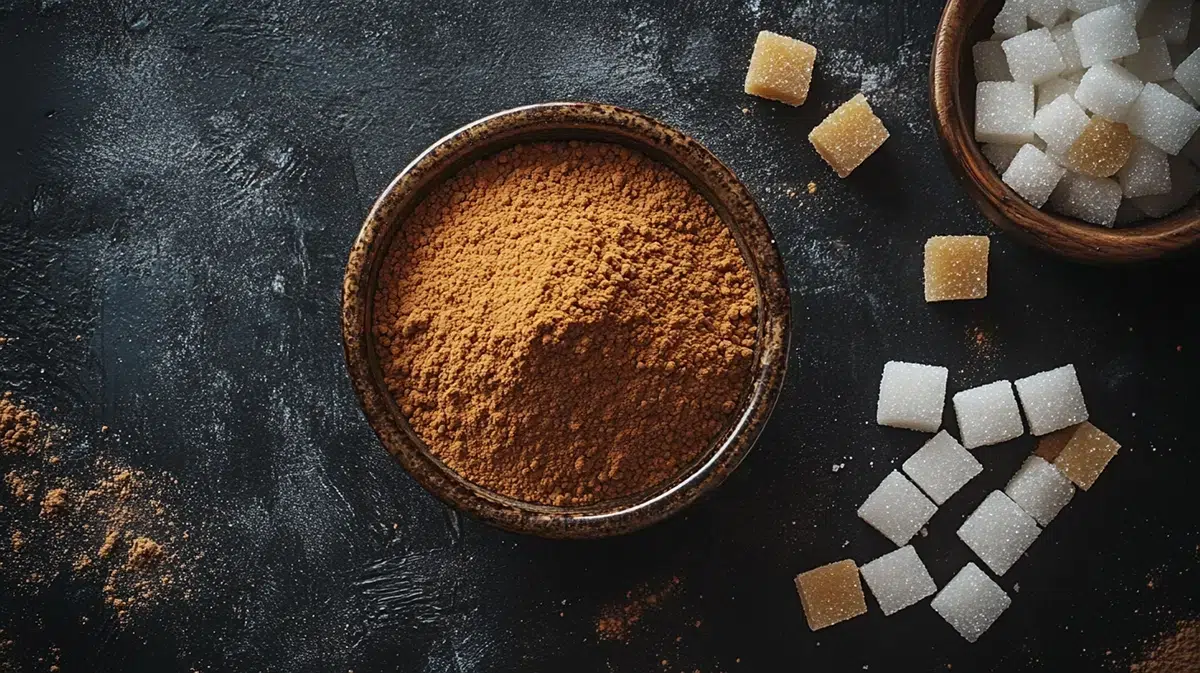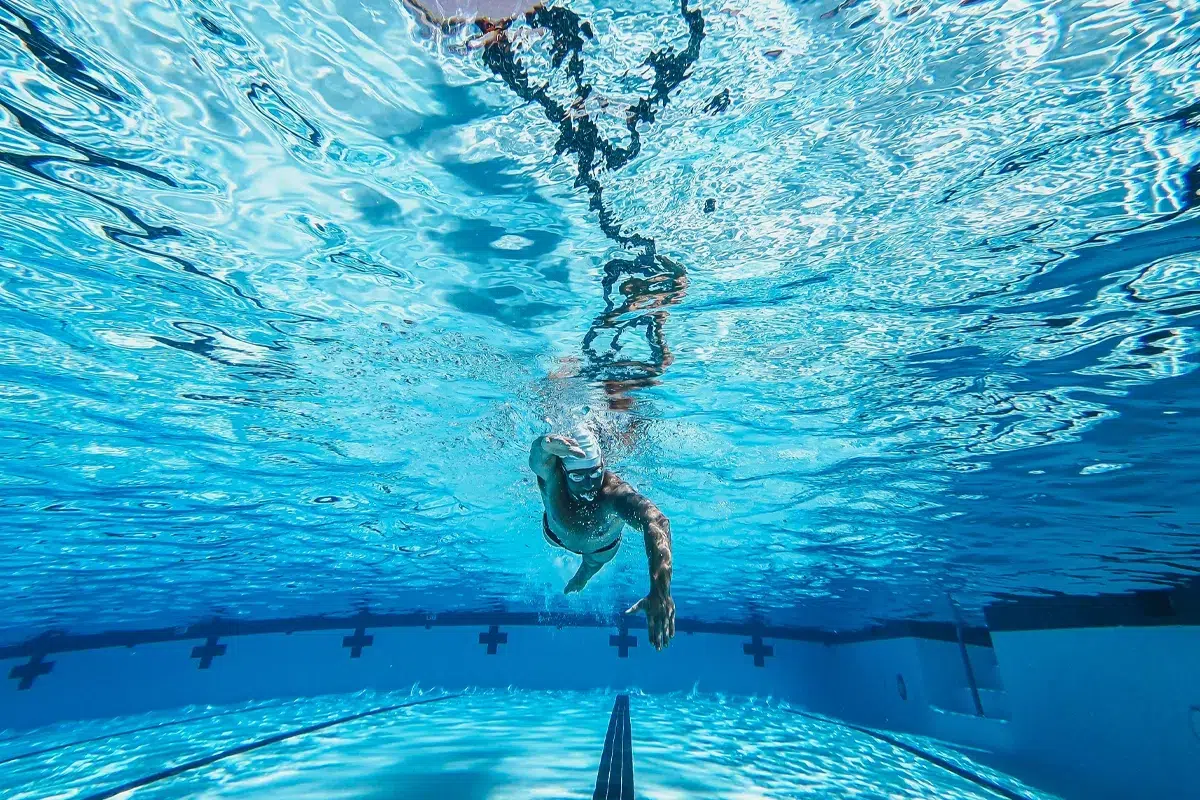Show summary Hide summary
Which muscle group are we activating when doing indoor cycling?
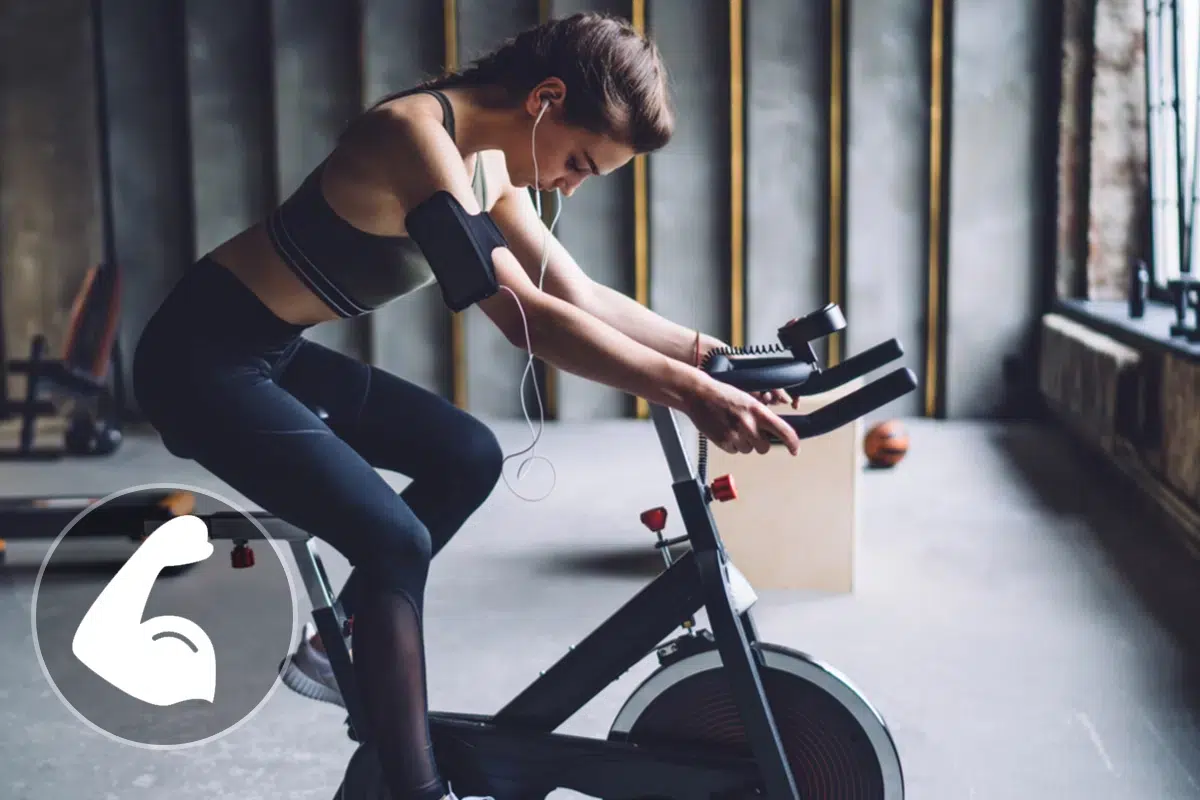
Everything you need to know about spinning
What muscles does indoor cycling or spinning work? What parts of the body are engaged and toned when doing indoor cycling? Use the tool below to see the list of all the body parts that are used when doing spinning!
Indoor cycling or spinning for fitness and strength building
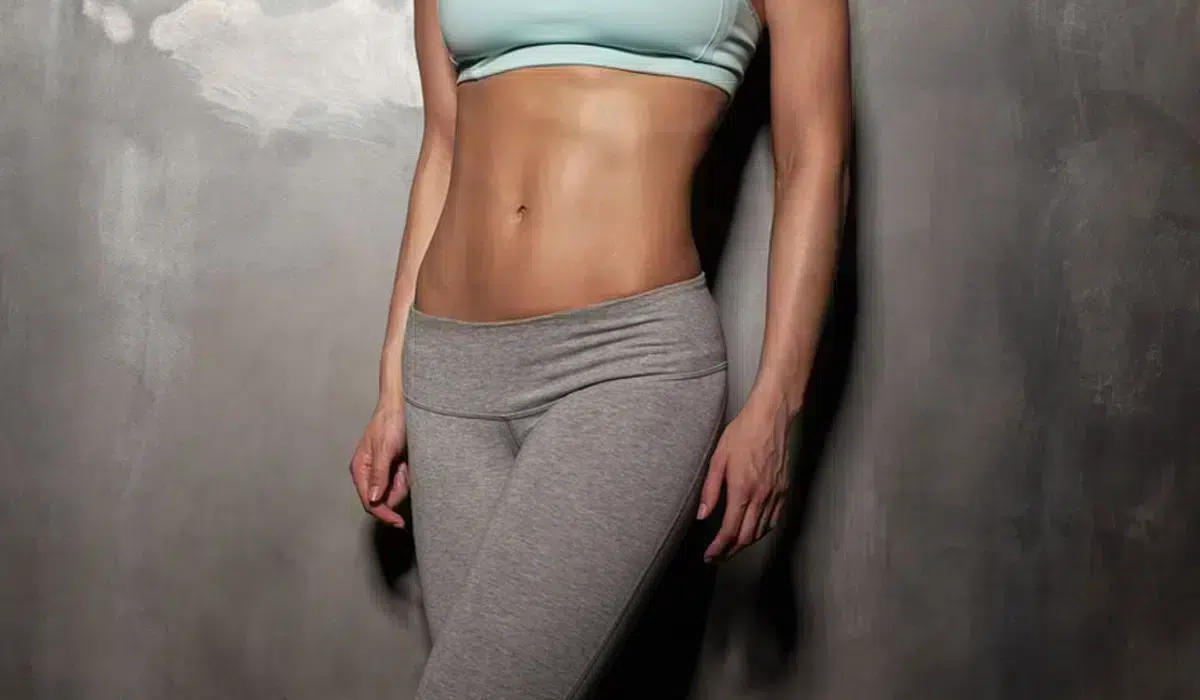
What muscles are we training when doing indoor cycling or spinning?
Depending on the sport you do, certain areas of the body will be worked harder than others, but what about when you spin? Will you tone and refine your figure by riding a stationary or exercise bike? Below is a list of the muscles and muscle groups strengthened and sculpted by the exercise bike!
Upper limbs (shoulders, arms and forearms)
The exercise bike or stationary bike requires very little effort from the upper limbs.
Trunk and pelvis (Chest, stomach and back)
- Abdominals: These are made up of several layers of muscle(rectus abdominis, external oblique, internal oblique, transverse) whose function is to flex and rotate the trunk.
Lower limbs (buttocks, thighs and calves)
- The quadriceps: These are located at the front of the thigh. The quadriceps are each made up of 4 muscles (the vastus femoris or rectus femoris, the vastus lateralis, the vastus medialis and the vastus intermedius). These muscles facilitate flexion of the thigh on the hip and extension of the leg on the thigh.
- The hamstring muscles: Located on the back of the thigh, there are four of these muscles (biceps femoris, semitendinosus and semimembranous). They ensure flexion of the leg and extension of the thigh.
- Calf muscles: Also known as the sural triceps, the calf muscles are made up of 3 muscle groups, including the soleus and the gastrocnemius. These muscles help to extend the foot down the leg
The exercise bike mainly builds up the muscles of the lower limbs. The flexion and extension movements involved in pedalling help to strengthen the calves, thighs (hamstrings, quadriceps), buttocks, lumbar muscles and abdominal muscles.
Everything you need to know about spinning
Targeted Muscles in Indoor Sports: Optimizing Your Workout
When engaging in various indoor sports, different muscle groups are targeted depending on the type of exercise. Understanding which muscles are activated can help you optimize your workout routine, ensuring balanced development and preventing injury. In these pages, we will explore the specific muscles that are engaged during popular indoor sports activities, offering insights into how each exercise contributes to overall fitness :
- What muscles does the elliptical trainer or cross-trainer work?
- What muscles does running on a treadmill work?
- What muscles does bodybuilding or weight training work?
- What muscles does step aerobics or step training work?
What muscles are used in different sports?
All sports in detail!






